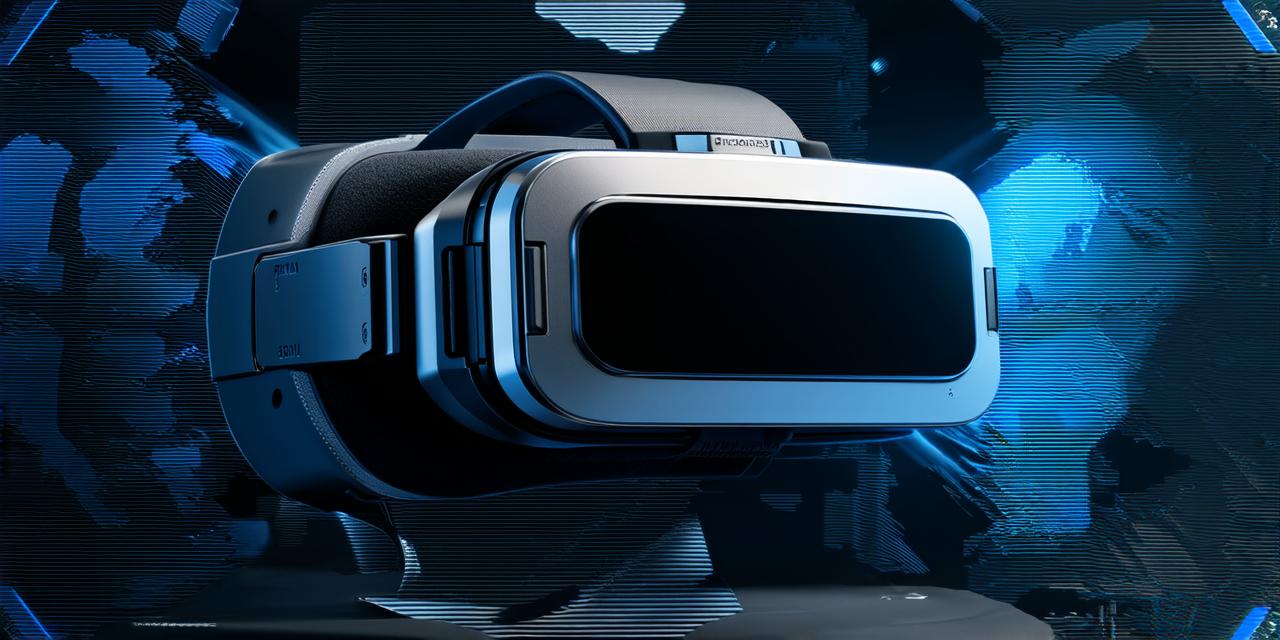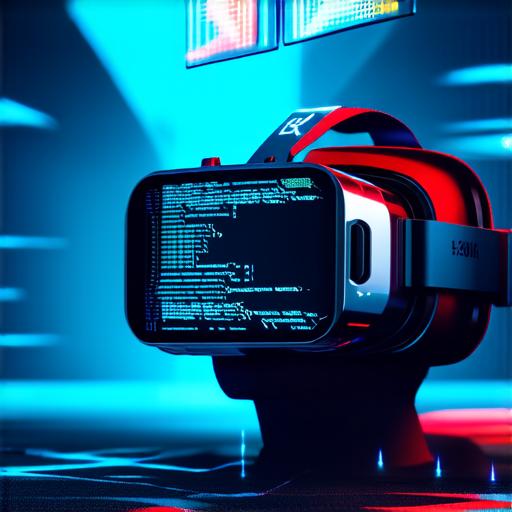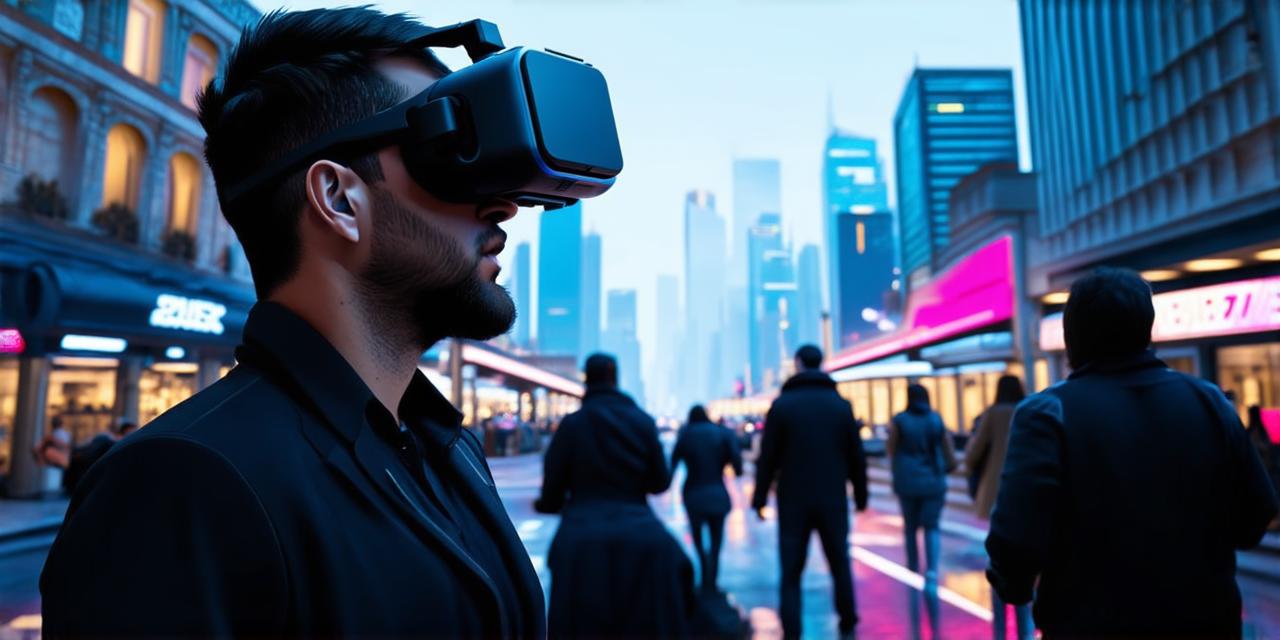
Is virtual reality a form of digital media?
Virtual reality (VR) technology has been around for several decades, but it is only in recent years that it has become more accessible and affordable. VR is a computer-generated simulation that allows users to experience a 3D environment as if they were really there. It can be used for gaming, education, training, therapy, and many other applications.
One of the main questions about VR is whether it can be considered a form of digital media. In this article, we will explore the different aspects of virtual reality technology and how it relates to traditional forms of digital media such as text, images, and videos.
Virtual Reality vs Traditional Forms of Digital Media
Traditional forms of digital media include text, images, and videos that can be viewed on a computer or mobile device. These are the most common ways for people to consume digital content online. On the other hand, virtual reality technology allows users to experience a 3D environment in real-time. This means that it is not just a static piece of content but an interactive and immersive experience.
Virtual Reality as a Form of Digital Media
Virtual reality can be considered a form of digital media because it is created using digital technology, and it can be viewed and experienced through a digital device. In fact, VR systems require powerful computers to generate the 3D images, sound effects, and other data that create the virtual environment. Users then wear a headset or headphones that track their movements and display the virtual world in front of them.
Virtual reality is also an interactive form of digital media because it allows users to interact with the virtual environment in real-time. This means that users can move around, explore, and even manipulate objects within the virtual space. This level of interaction is not possible with traditional forms of digital media such as text or images.

Virtual Reality and its Future
Virtual reality technology has come a long way since its early days, and it continues to evolve rapidly. As the technology becomes more affordable and accessible, we can expect to see more applications for virtual reality in different fields such as education, entertainment, healthcare, and more.
In conclusion, virtual reality can be considered a form of digital media because it is created using digital technology and allows users to interact with a virtual environment in real-time. As the technology continues to advance, we can expect to see even more creative uses for virtual reality in the future.

